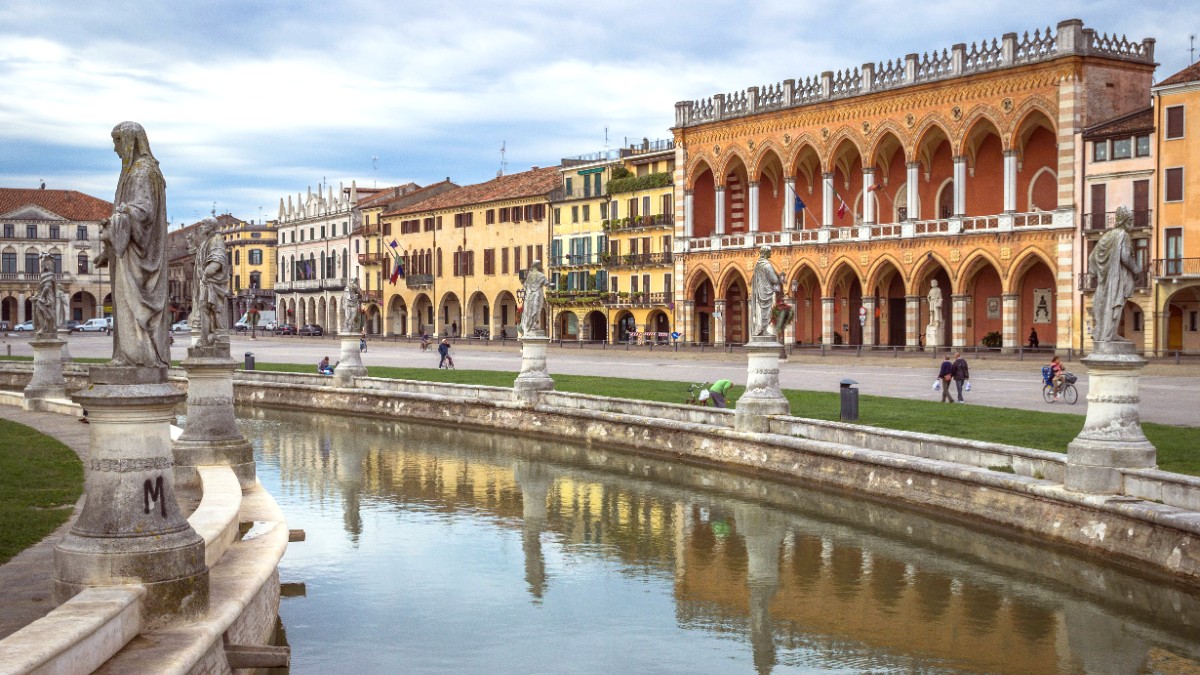
The Veneto, Italy
Padua's public transport mainly consists of an efficient bus network and a single tram line (Sir1). The city does not have a metro system.
Tickets are available at tobacco shops ("tabaccherie"), newsstands ("edicole"), or ticket machines. A slight surcharge applies if purchased on board.
Public transport generally runs from early morning (around 5:30 AM) until late evening (around midnight).
Frequency varies by line and time of day. Main lines, including the tram, typically run every 10-20 minutes during peak hours on weekdays.
Newer buses and the tram system feature ramps for boarding and designated spaces for wheelchairs, making them generally accessible.
Minimum age is typically 21 (sometimes 25). A valid national driver's license and International Driving Permit (IDP) are often needed for non-EU citizens. A major credit card is required for deposit. Major companies like Hertz, Avis, Europcar are present.
Available from specialized rental shops. A valid driver's license that covers motorcycles and an IDP are necessary. Helmets are mandatory by Italian law for both driver and passenger.
Padua is relatively flat with growing cycle paths, making cycling a great way to explore. Several shops offer daily or weekly bicycle rentals. Inquire at local tourist offices.
Motorways (Autostrade) are generally well-maintained toll roads. Secondary roads can be narrower and winding. Italian drivers can be assertive and fast-paced.
Paid parking lots are available outside the ZTL. Look for blue-lined parking spaces, indicating paid parking.
Walking and cycling offer intimate ways to discover Padua's charm, observing its architecture and atmosphere up close.
Padua has a developing network of dedicated cycle paths, especially along the city's waterways (like the Piovego Canal) and in recreational areas.
Utilize public transport for longer distances. Validate your ticket immediately upon boarding a bus or tram to avoid fines. Explore the compact historic center on foot to fully experience its charm.